Omdurman, in north-western Khartoum,is where we found most of the city’s sights: the Mahdi’s Tomb, the Khalida’s House, Sudan’s largest Souk and the ultimate highlight of any visit to Khartoum, the Dancing Dervishes. Every Friday they gather at the Tomb of Skeikh Hamed al Nil set in the middle of a Sufi cemetery.
Whirling Dervishes
A visit to Sudan MUST be planed around a Friday, the only day this ceremony takes place. Ideally you should plan two Fridays in Khartoum since the Nubian Wrestling is also a Friday-only event. We were a bit late so we missed the march across the Sufi cemetery of the followers of the tariqa, the 19th century Sufi leader Hamed al Nil.
By the time we got there a large circle of men had already formed, lots of chanting and swaying, accompanied by drums and cymbals.
I tried to climb a rusty scaffolding to get good photos since I did not want to force my way into the all male crowd.
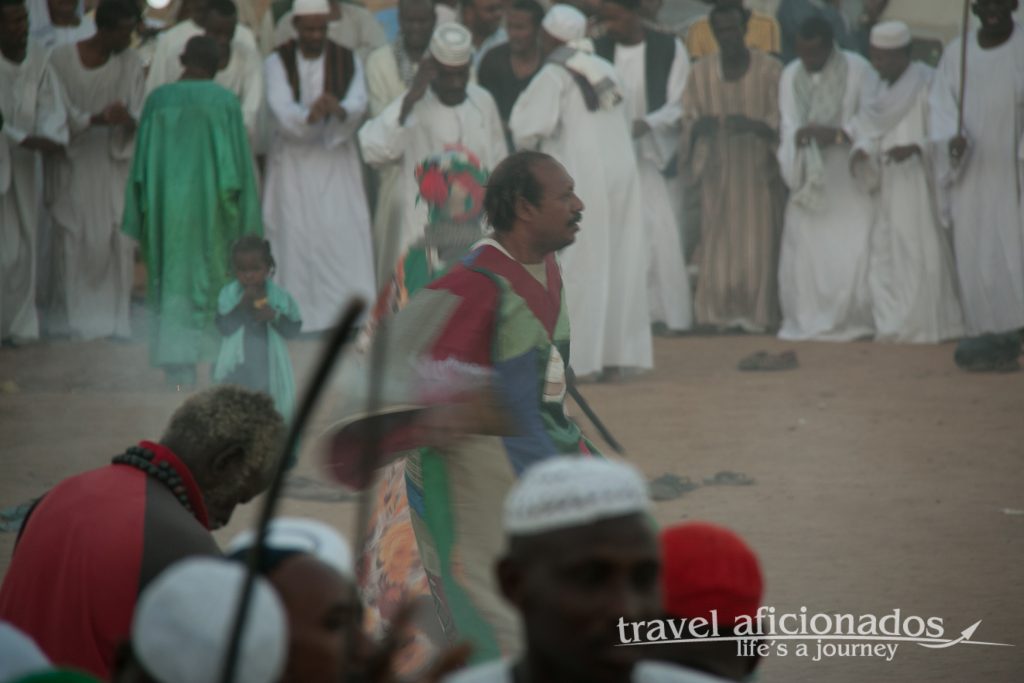
The followers of the tariqa, the Sufi leader Hamed al Nil gather every Friday at his shrine in Omdurman/northern Khartoum. Dressed in colorful gear they swirl, chant, pray and meet friends
Later I noticed a group of women that had climbed some a small raised platform on the shrine, they waved me over and it turned out to be the perfect place to watch and take photos. Kelly stayed near the circle and immediately was surrounded by curious young women and boys, they all wanted to have a selfie taken with her.
Kelly had linked with many of the teenagers via WhatsApp and the messages kept pouring in all night and the following days.
The ceremony ended in a common prayer and slowly the men parted, resulting in lots of hugging and polite words of farewell.
Mahdi’s Tomb
The tomb with is glittering dome is one of the few sights in Khartoum and the perfect invitation to dive into Sudanese 19th century history. Built in honor of the Madhi whose forces kicked the Egyptian and the British out of Khartoum in 1885. The British General Gordon died in the event. Fourteen years late the British recaptured Khartoum in the famous battle of Omdurman 1898. Taking revenge for the death of by-then-war-hero Gordon was a strong motivation and blowing up the tomb of the Mahdi was part of it. The present tomb was erected in 1947 an exact replica of the original tomb. The building that holds the tomb is fenced in and only opens on Fridays.
When we visited, a small group of men was sitting on carpets in the garden, they seemed happy to see visitors from abroad to show interest in Sudanese history and enjoyed to have their photos taken.
The tomb fills almost the entire room. I was surprised how relaxed people were about taking photos.
The Khalifa’s House
Right across the street from the Mahdi’s tomb is the Khalifa’s House, who was the successor of the Mahdi. The building now serves as a museum reminding of the Battle of Omburman (1889), where General Kitchener took revenge for the defeat and death of General Gordon in 1885.
The exhibits of spears, ancient rifles and crocodile-hide shields illustrate how inadequate the weapons of the Mahdi’s army were in the face of British artillery and repeat rifles. We were the only visitors and took our time, but if you are in a rush, it is not a must- see, especially since it is closed on Friday, the only day Mahdi’s Tomb across the road can be visited.
Omdurman Souk
is the largest one in Sudan, a maze of alleys full of small shops and vendors selling food, shoes, clothes, old radios, you name it.
We bought dates and nuts, sipped tea that is sold at every corner, this melted the ice, triggered talks and allowed us to make some great photos.
The only sign of Omdurman once being a place separated from Khartoum is a tiny piece of this old city wall, now in the midst of a road surrounded by a fence.

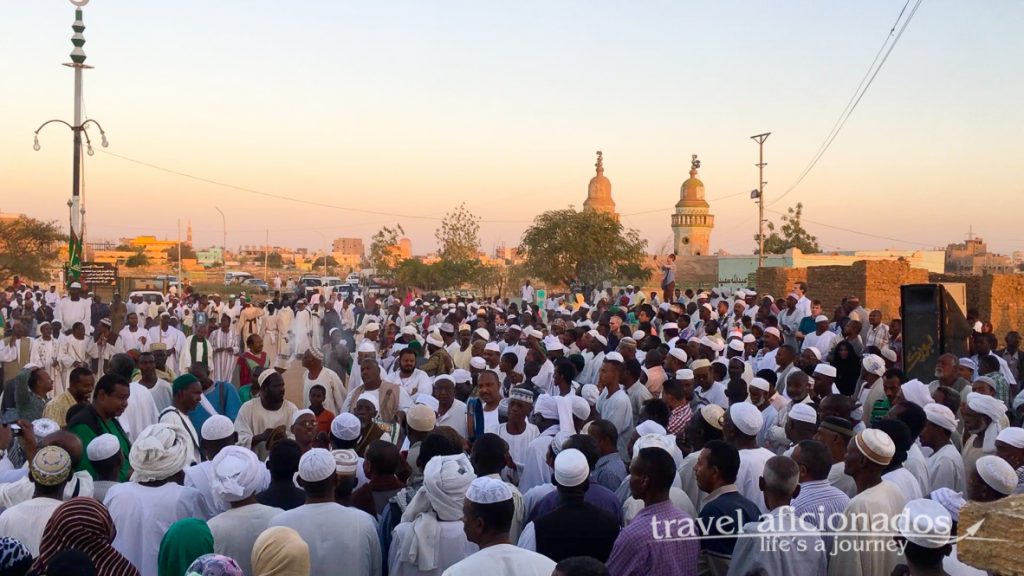
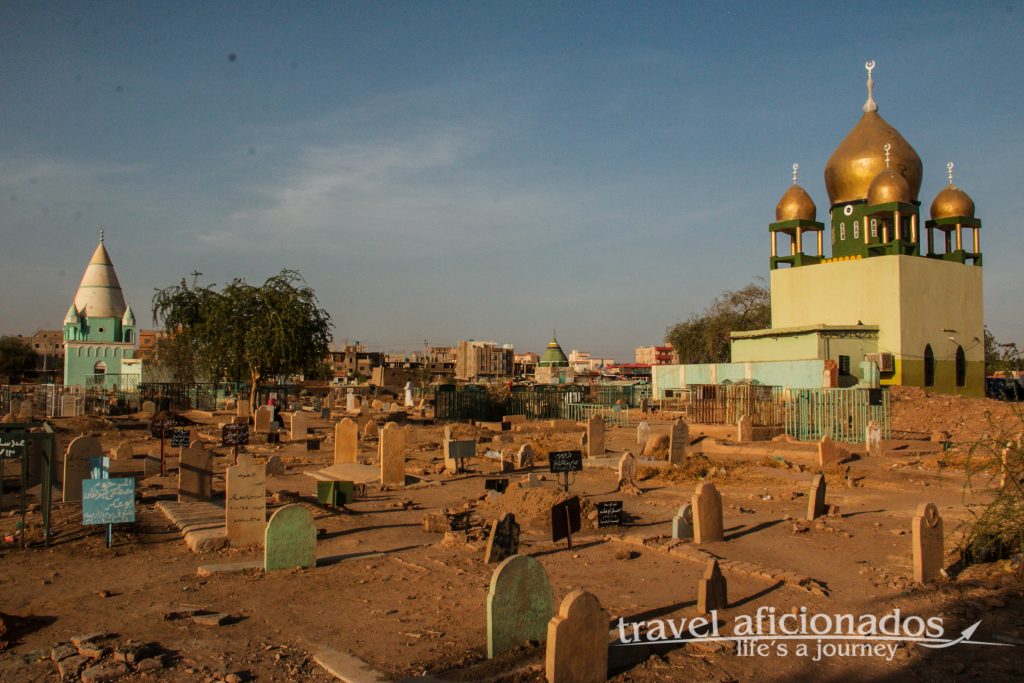
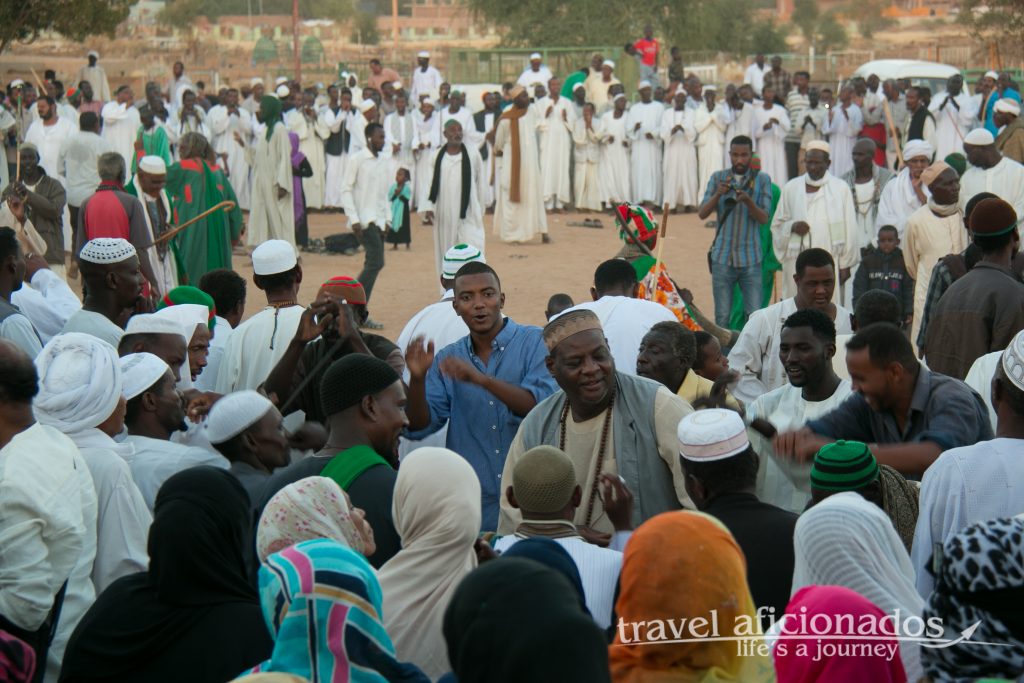
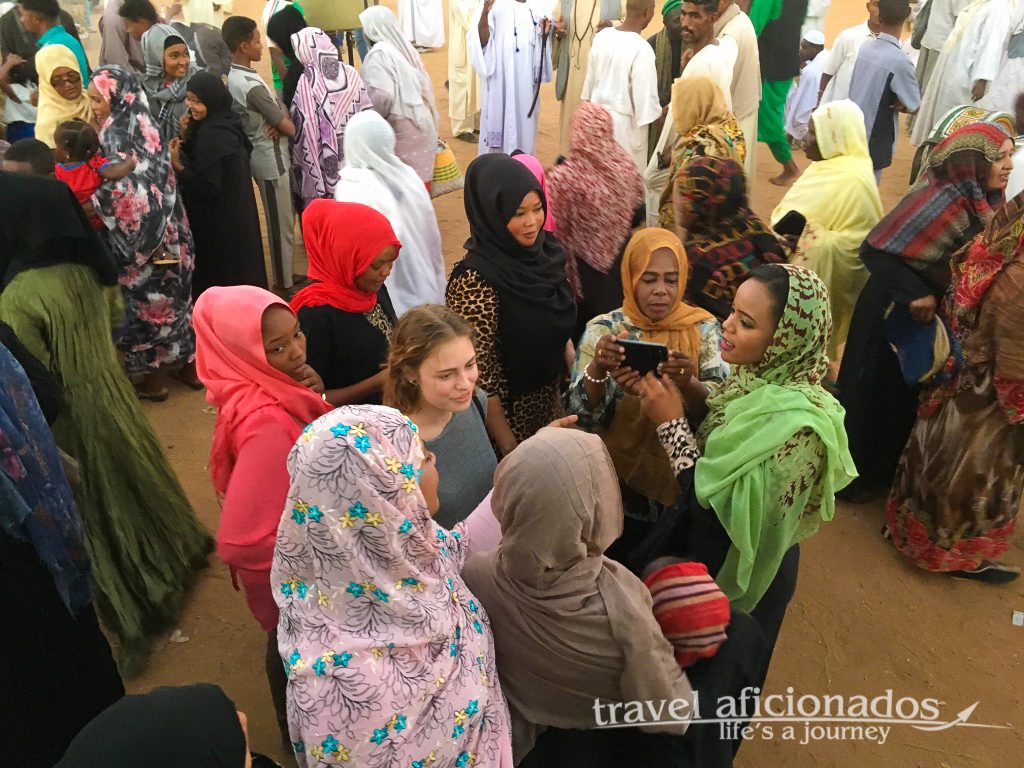
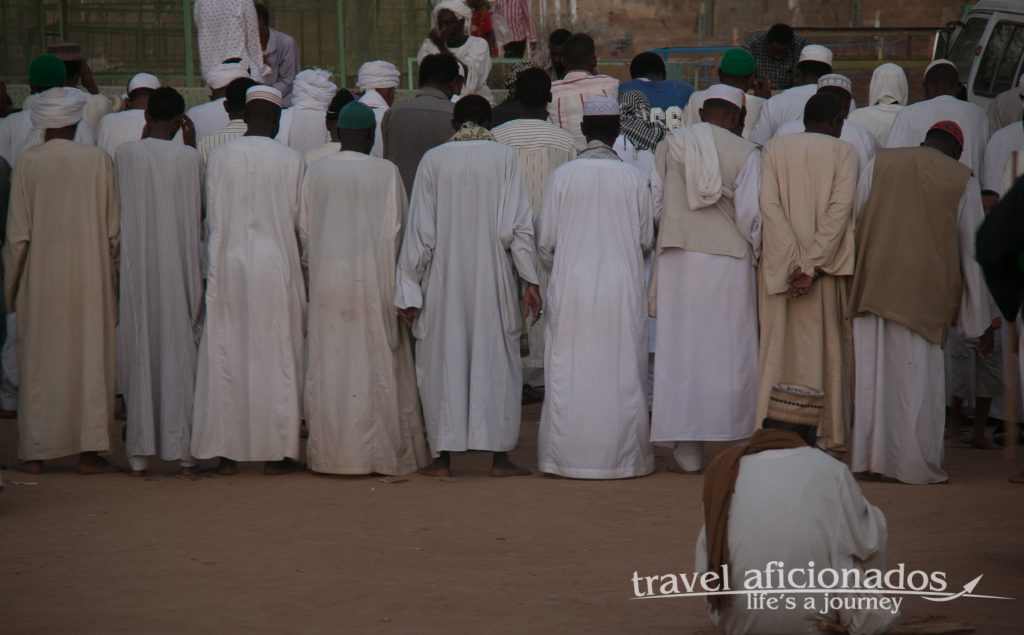
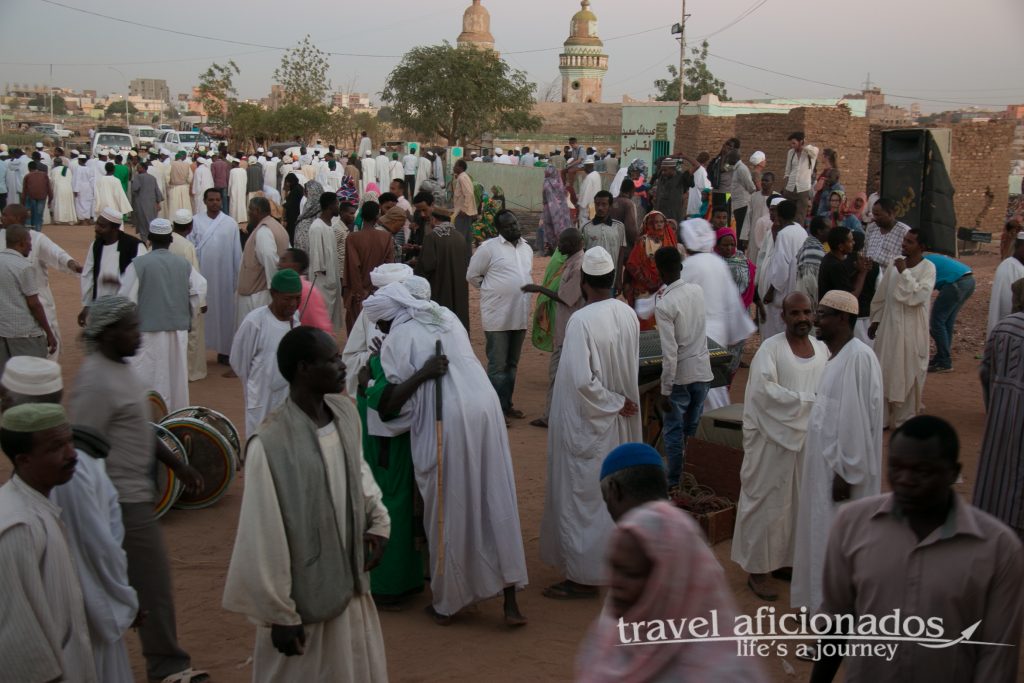
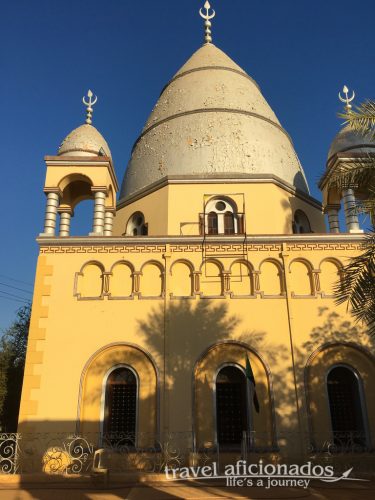
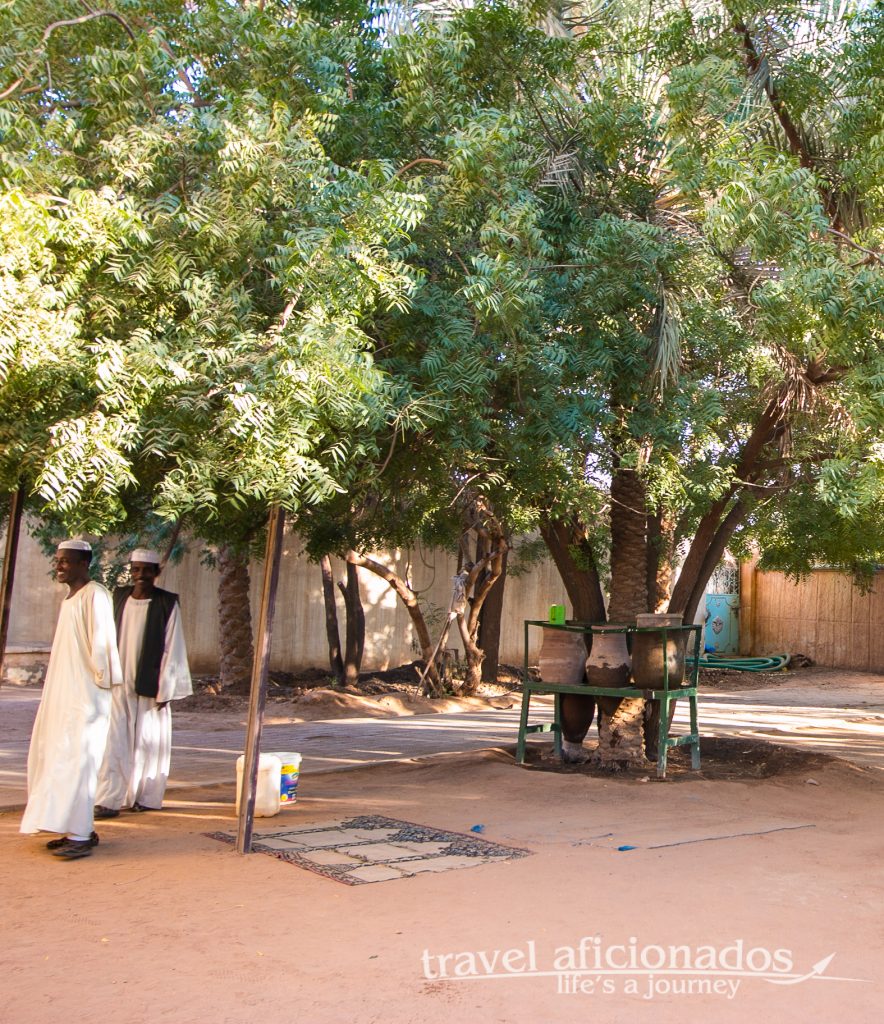
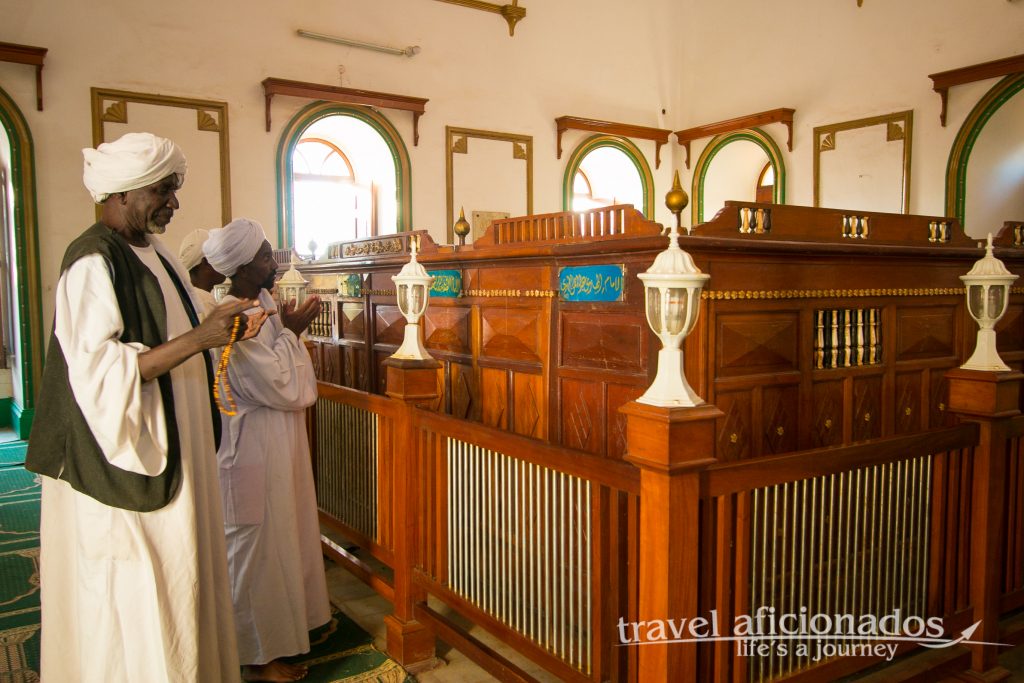
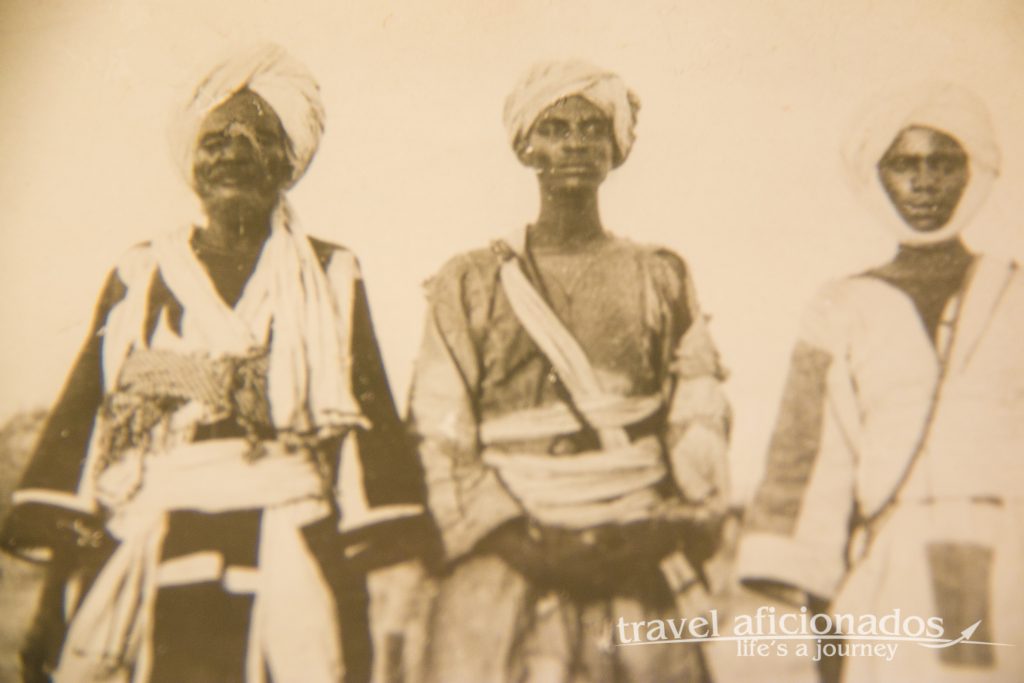
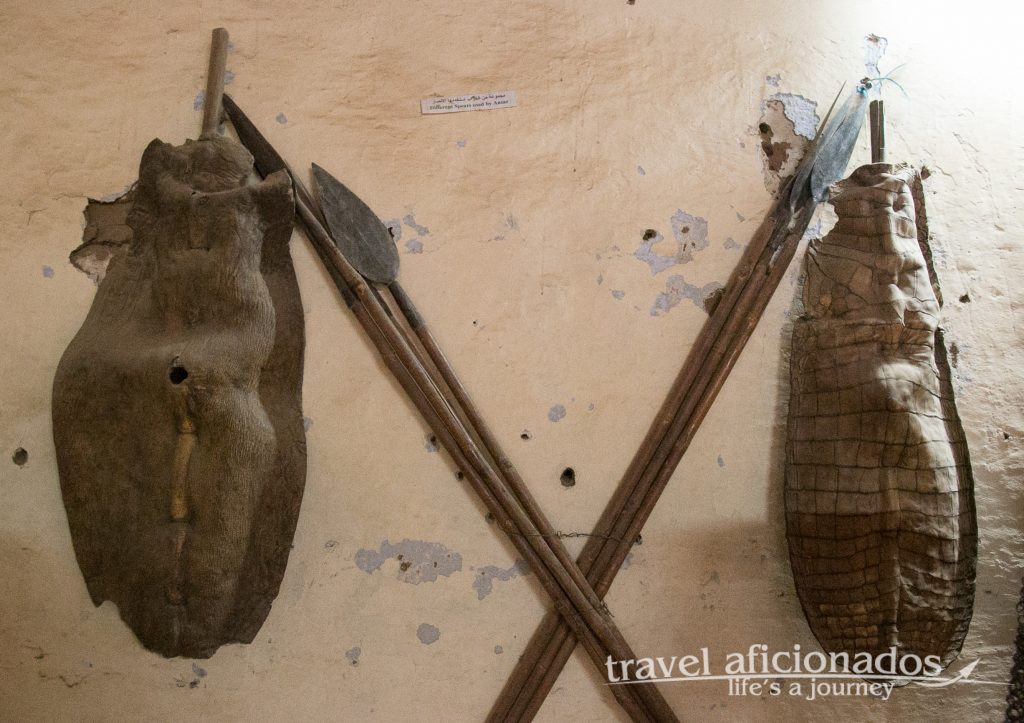
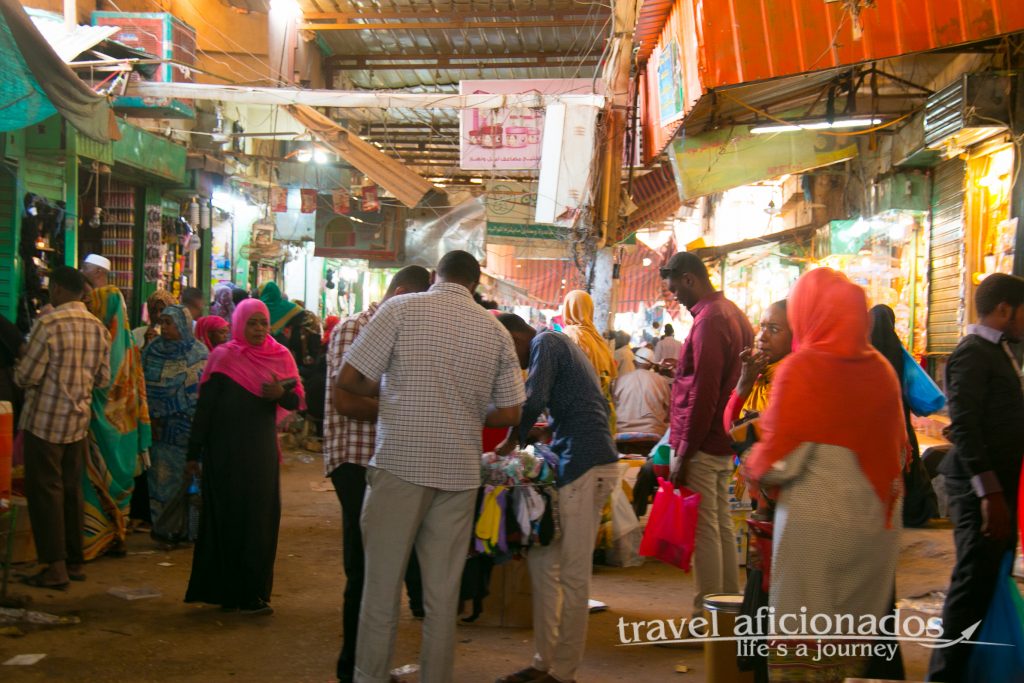



No comments yet.